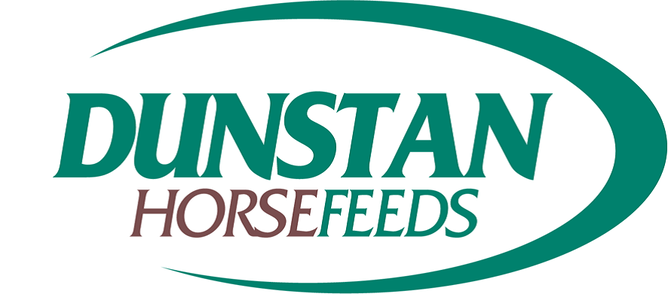Management after weaning
The nutritional management of a weanling will depend a lot on the commercial end point of the horse. Horses being prepared for sales as yearlings will require more intensive management than those that are to be left in the paddock until breaking-in.
Both sets of horses will require a good balanced diet and steady growth but maintaining good growth rates are of key importance for sales horses. It will be necessary for sales horses to have a well developed top line also.
Steady growth is most desirable, foals and weanlings with steady growth are less likely to develop DOD (Developmental Orthopaedic Disease) than those with significant fluctuations in growth rates. Many farms will monitor growth rates closely weighing horses on a regular basis.
Horses that carry excess body condition are also more likely to develop DOD than lighter individuals.
Weanlings require:
Adequate calorie intake for growth. Pasture diets alone will often not provide the calorie level necessary to achieve the required growth rates and therefore it is necessary to provide supplementary feed.
Supplementary feed should have adequate protein levels, a complete feed formulated for weanlings should be a minimum of 14% protein. The feed should have adequate levels of the amino acid Lysine which is required for proper growth.
Balanced vitamin and mineral intake. It is important that the Calcium: Phosphorous ratio in all horse diets is balanced however in particular in the weanling diet. A good quality premixed feed will have a balanced Ca:P ratio. If making your own ration this will be a major consideration with grain being very high in Phosphorous and low in Calcium.
Trace mineral supplementation is very important in the young growing horse due to the significant growth they are undertaking. In particular Copper, Selenium, Zinc and Manganese. Again using a quality brand of feed formulated for the young growing horse should provide an adequate intake of these key nutrients when fed at the recommended intake.
Low-GI feeds for young horses. The feeding of low glycaemic feeds for foals through to yearlings have become very popular in recent years. A low-GI feed means the feed is lower in starch than conventional grain based diets and as a result the calories are coming primarily from fibre and fat sources. Research has indicated that feeding these Low-GI feeds (Dunstan Breed and Grow) will be of benefit in trying to reduce the incidence of OCD due to maintaining stable blood glucose with fluctuations in blood glucose having a negative effect on cartilage development.
Types of feeds
If choosing to make your own feeds it will be very important to ensure all nutrient requirements of the young horse are being met.
If utilising a prepared feed ensure you use a product that is formulated for the young horse. There are many forms of premixed feeds and the form that you choose will depend on the individual and the other components within the ration.
Concentrates – These are very low intake supplements fed at approximately 500grams they will provide a concentrate source of key vitamins and minerals. They can be fed on their own when severe calorie restriction is required in a young growing horse, however more likely for a young horse they would be fed in conjunction with a grain based diet to ensure adequate lysine, vitamins and minerals are provided.
Semi- Concentrates – These products are fed at an intake between the concentrates and full feeds, usually around 1-1.5kg daily (Dunstan Fibre Balancer). These products are very useful when it is necessary to reduce the overall energy level of the diet due to excess weight gains but it is not desirable to reduce vitamin and mineral intake.
Full Feeds – Full feeds are formulated to be fed at approximately 3kg daily (minimum of 2.5kg) to ensure vitamin and mineral requirements are being met by the supplementary feed. Dunstan has two full feed options for the weanling, Dunstan Weanling (a lightly molassed muesli utilising extruded grains) or Dunstan Breed and Grow (a low glycemic nut). If this level of hard feed is not required to maintain body condition or growth rates then use a semi-concentrate as indicated above.


